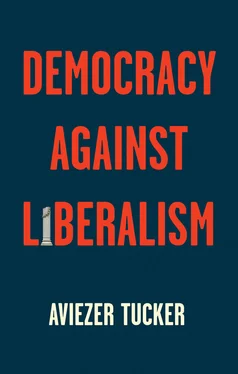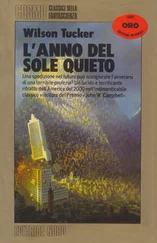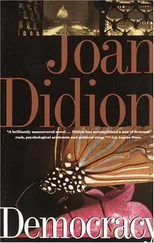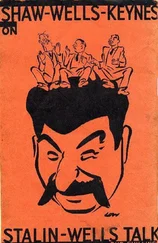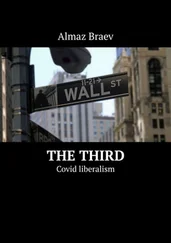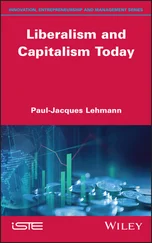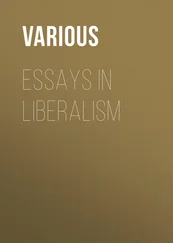Democratic absolutism (in other words illiberal democracy) is the topic of this book. In the absence of robust liberal institutions, this is a ‘winner takes all’ democratic majoritarian political system, where the decisions of the majority or of a decisive significant minority are not balanced or checked by liberal institutions. A representative majority is not encumbered by tradition and law, and can suppress minorities unprotected by rights. The popular assembly or representative body can continuously change the law, case by case, to fit its momentary interests or passions. Absolute democracy can transition smoothly to authoritarianism in the absence of liberal institutions to slow or stop the slide. A temporary majority can change the rules of democratic elections to impose the perpetual rule of a minority. One of the reasons for majorities to respect minority rights is the prospect of becoming a minority in the future. If the majority expects to be permanent, it loses a reason for self-constraint. As Huey Long put it: “There is no dictatorship in Louisiana. There is a perfect democracy there, and when you have a perfect democracy it is pretty hard to tell it from a dictatorship” (quoted in Signer 2009, 120). The modern twist on this old, old, story is a new type of transition, from populist liberal democracy, gradually through illiberal democracy, to the old authoritarian destination.
Before the emergence of the liberal-democratic synthesis, all democracies were absolutist. Classical absolutist democracies had elaborate election systems, including random choice by lottery, and governing bodies to check the powers of individuals , but no liberal institutions to check the powers of majorities and of the state . Populist absolute democracy typically led through social conflict to authoritarianism. Liberalism developed in England to limit the powers of the monarchy. By the time democratization had progressed gradually in the long nineteenth century, the liberal institutions had already been entrenched and established in England and its former colonies for centuries. By contrast, the national democracies that succeeded the multi-national empires after the First World War had no such entrenched native liberal institutions, norms, and political habits. They had to try to establish liberalism and democracy at the same time, quickly. With the exception of Czechoslovakia and Finland, they failed at both.
Illiberal democracies can be technocratic or populist. Technocratic illiberal democracies can enact rationalizing reforms quickly without the constraints of checks, balances, and active civil society. The post-Communist transplanting of liberal democracy appeared deceptively easy because it encountered no resistance, but it had no liberal social foundations either. Totalitarianism handed over a political blank slate because it had eliminated all political power centers that could have resisted reforms. Post-totalitarian states inherited the absence of rule of law, checks and balances, and an atomized, ineffective civil society (Tucker 2015). These illiberal properties facilitated radical, and painful economic restructuring, colloquially called “shock therapy.” Unlike in populist democratic Southern Europe, post-Communist governments did not need to borrow to keep their atomized and passive civil society from unseating them. At the same time and for the same reasons, the post-Communist technocratic elite was able to enjoy high levels of personal corruption. In the post-Communist countries, democracy took root immediately, while liberal institutions and traditions evolved gradually for twenty years, after transplantation in a rough soil. Then, following the recession and the perception of corrupt and self-serving elites, technocratic democracy turned populist. This technocracy had already stronger liberal institutions than in 1989, but they were still weaker than in older liberal democracies. Progress toward liberalism was then halted, its growth stunted and, finally, in Hungary it was drawn and quartered in the prime of life.
India is another case of democratic transition to populist neo-illiberalism from a technocracy. India inherited at its founding technocratic liberal democratic institutions and bureaucracies that gained popularity as alternatives to populist decision making. Like the United States, India imported traditional liberal institutions that originated in Britain. But growing populism led to authoritarianism during Indira Gandhi’s “National Emergency” rule (1975–1977). The liberal democratic restoration in the late 1970s strengthened some liberal institutions like the Supreme Court, but political populism persisted on the national level and managed to win elections on the local level. Indian technocracy gave way to populism, and populism pushed politics in a neo-illiberal direction to attack and overwhelm the liberal institutions, using some of the legal means that had been established during the authoritarian phase. India has retained its democracy along with some liberal aspects, like a vibrant civil society and legal profession. But the victories of the ruling BJP and prime minister Modi in elections in 2014 and 2019 led to a struggle between an increasingly neo-illiberal state and its liberal institutions, as the state expanded to take over educational and legal institutions, and replace technocrats with populists (Chatterji et al. 2019). The source of India’s questionable policies is not democracy as Zakaria (2003) implied, but neo-illiberal populism. As in other neo-illiberal democracies, the process of transition from technocratic liberal democracy via populism to illiberalism in India has been gradual. The geographical size and demographic diversity and size of India, like that of the United States, are natural barriers to strong central governments, including neo-illiberal ones.
The Scope of Neo-Illiberal Democracy
This book is a political theory of contemporary, modern, and therefore neo -illiberal democracy. The scope is wide, including post-Communist countries in Central Europe, political movements and members of coalition governments in Western Europe, the Republican Party in the United States, Israel’s Likud government, India’s BJP government, and Brazil’s Bolsonaro. The neo-illiberal focus excludes from the scope of the book illiberal or authoritarian states that have never been liberal such as Russia, the Philippines, and Turkey. Authoritarian regimes that attempted to use some veneers of liberal legality and democracy, but have never been liberal and were only selectively democratic when it suited their interests and the results could be guaranteed, like Russia, Turkey, the post-reconstruction confederate states, and so on, are beyond the scope of the book.
Russia was an imperialist late-totalitarian dictatorship that imploded. In the 1990s, the state became very weak and, consequently, an unregulated and unprotected space for freedom emerged spontaneously, for civil society such as it was, as well as for crime and corruption. But Russia has never had liberal institutions, not even state independent religion and property rights. Following Putin’s restoration, the old secret police elite reasserted its control over a stronger though still quite weak state. Russian liberal-democracy did not die; it was stillborn.
In Turkey, a decades-long power struggle between a secular, modernizing, and authoritarian military and Islamist populists ended with the dramatic suppression of a military coup and the establishment of a hybrid authoritarian populist regime. During this struggle, the Islamists used democratic legitimacy against the military. But they never constructed liberal institutions, nor has there been much of a constituency for liberalism in Turkey outside the big cities of Istanbul and Ankara. The Turkish judiciary and press, though less weak than they are today, have never wielded the independent power they possess in liberal democracies. Erdogan’s post-coup consolidation of power and suppression of political opponents mark the end of the institutional independence of the military, and its submission to the state. The military is not a liberal institution.
Читать дальше
